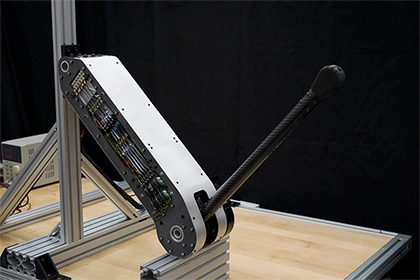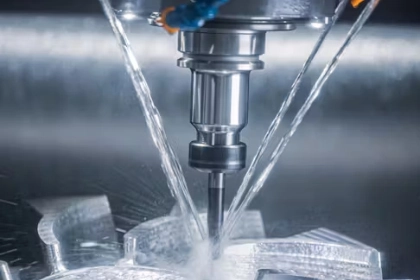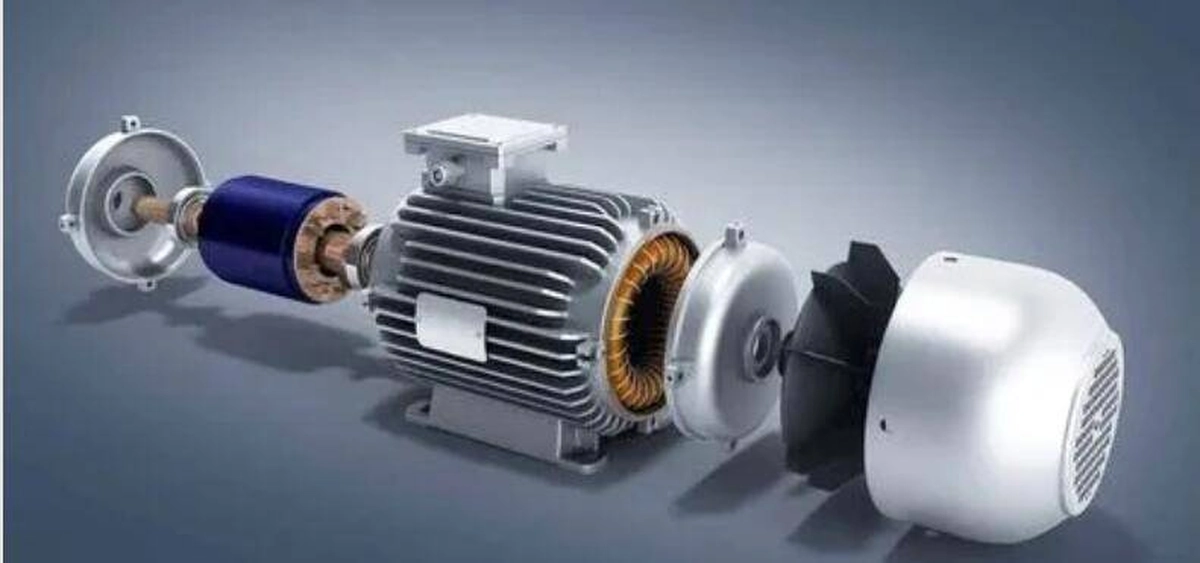What is the difference between in-wheel hub motors and direct-drive hub motors?

In-wheel hub motors and direct-drive hub motors are two different types of electric motors used in electric vehicles, particularly in electric bicycles and scooters. Here's a comparison of the two:
-
Configuration:
- In-Wheel Hub Motors: In-wheel hub motors are integrated directly into the wheel hub of the vehicle, with the motor and the wheel being a single unit.
- Direct-Drive Hub Motors: Direct-drive hub motors are also located in the wheel hub but are separate from the wheel itself. They consist of a motor connected to the wheel through a drivetrain (gears or belts).
-
Motor Operation:
- In-Wheel Hub Motors: In-wheel hub motors are typically brushless DC (BLDC) motors. They provide direct power to the wheel, eliminating the need for additional gears or belts.
- Direct-Drive Hub Motors: Direct-drive hub motors can be either brushed or brushless. They require a drivetrain mechanism to transfer power from the motor to the wheel. This can involve gears or belts, resulting in mechanical losses and potential maintenance requirements.
-
Efficiency:
- In-Wheel Hub Motors: In-wheel hub motors generally have higher efficiency due to their direct power transfer. They eliminate the energy losses associated with drivetrain components, resulting in a more efficient motor system.
- Direct-Drive Hub Motors: Direct-drive hub motors can have slightly lower efficiency due to the additional mechanical components involved in power transfer. Gears or belts can introduce friction and energy losses.
-
Torque and Power:
- In-Wheel Hub Motors: In-wheel hub motors can provide high torque directly to the wheel, making them suitable for applications that require quick acceleration and climbing capabilities. They can deliver significant power output.
- Direct-Drive Hub Motors: Direct-drive hub motors can also provide high torque, but the torque output may be lower compared to in-wheel hub motors. However, they can still deliver substantial power output.
-
Weight and Size:
- In-Wheel Hub Motors: In-wheel hub motors tend to be heavier and larger due to the integration of the motor within the wheel hub. This can affect the overall weight distribution and handling of the vehicle.
- Direct-Drive Hub Motors: Direct-drive hub motors can be smaller and lighter since the motor and wheel are separate. This can contribute to more balanced weight distribution and potentially improved handling.
-
Regenerative Braking:
- In-Wheel Hub Motors: In-wheel hub motors can often provide regenerative braking capabilities, where the motor acts as a generator during braking, converting kinetic energy into electrical energy and recharging the battery.
- Direct-Drive Hub Motors: Direct-drive hub motors can also incorporate regenerative braking, but the implementation may vary depending on the specific system design.

 2024-08-30 16:01:40
Engineering
2024-08-30 16:01:40
Engineering
 2024-07-26 14:09:13
Engineering
2024-07-26 14:09:13
Engineering
 2024-07-18 09:42:00
Engineering
2024-07-18 09:42:00
Engineering